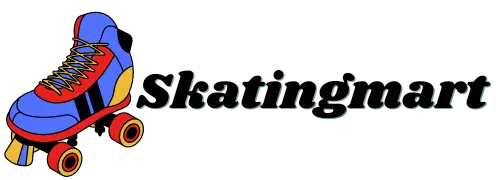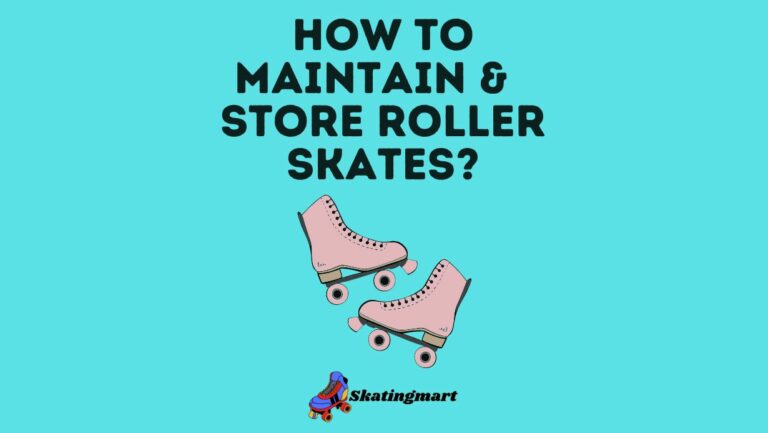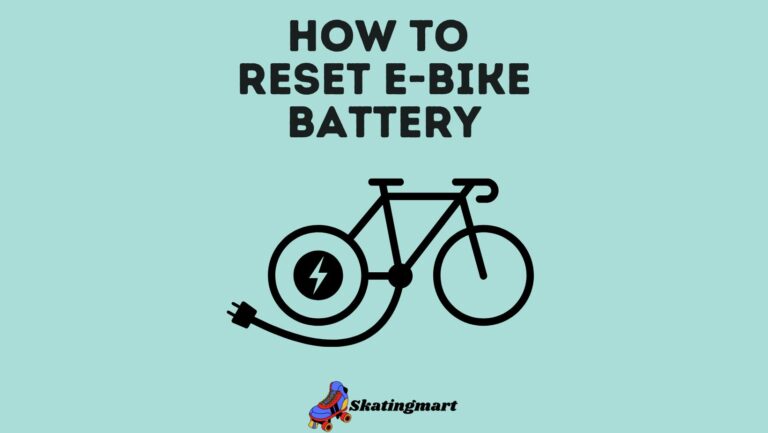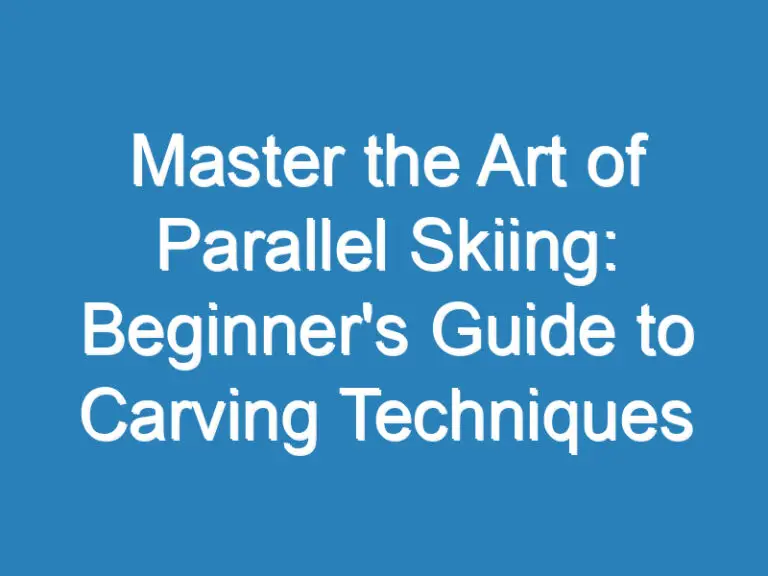
Riding a longboard can be an exhilarating experience, but mastering the art of turning is essential for navigating different terrains smoothly. In this guide, I’ll share expert tips and techniques on how to turn your longboard like a pro. Whether you’re a beginner looking to improve your skills or an experienced rider seeking to refine your turns, this article has got you covered.
From understanding weight distribution to mastering carving techniques, turning a longboard involves a combination of skill and practice. In the upcoming sections, I’ll break down the fundamentals of turning, including body positioning, foot placement, and board lean. By the end of this article, you’ll have the knowledge and confidence to execute sharp and controlled turns on your longboard effortlessly. Let’s dive in and elevate your longboarding skills to the next level.
Key Takeaways
- Understanding weight distribution is essential for effective longboard turning; focus on front foot for initiating turns, back foot for stability, and keeping center of gravity low.
- Mastering carving techniques requires practice and patience; remember to bend knees, look where you want to go, engage core muscles, and shift weight smoothly.
- Body positioning is crucial for achieving smooth and controlled turns on a longboard; maintain forward-facing posture, bend knees, look ahead, engage core, and shift weight smoothly.
- Proper foot placement is key to turning a longboard with finesse and control; ensure front foot is correctly positioned over front trucks, back foot on the tail for balance, even weight distribution, and adjust placement as needed for different types of turns.
- Board lean is essential for executing controlled turns on a longboard; lean body and board in the direction of the turn, initiate turns by shifting weight towards the rail, adjust lean for managing speed, and keep shoulders parallel to the board for balance.
Understanding Weight Distribution
When it comes to turning a longboard effectively, Understanding Weight Distribution is crucial. Let me break it down for you:
- Front foot: Putting more weight on your front foot helps initiate turns.
- Back foot: Shifting weight to your back foot helps with stability and control during the turn.
- Center of gravity: Keep your center of gravity low and centred over the board for better balance and smoother turns.
Mastering weight distribution is like mastering the art of dance on a longboard; it’s all about finesse and balance.
Mastering Carving Techniques
When it comes to Mastering Carving Techniques on a longboard, practice and patience are key. Carving is essentially making smooth and flowing turns, almost like drawing lines on the pavement. Here are some tips to help you perfect your carving skills:
- Bend your knees: Flexing your knees lowers your center of gravity, improving balance and stability while carving.
- Look where you want to go: Keep your eyes focused on where you want to turn, this helps with your body positioning and balance.
- Engage your core: Your core muscles play a significant role in initiating and controlling your turns. Strengthening your core can greatly enhance your carving abilities.
- Shift your weight smoothly: Distribute your weight gradually from your toes to your heels while turning to maintain control and fluidity in your movements.
Remember, mastering carving techniques takes time and practice. The more you ride and experiment with different techniques, the more confident and skilled you’ll become at carving on your longboard.
Body Positioning for Turns
When it comes to turning on a longboard, body positioning plays a crucial role in achieving smooth and controlled maneuvers. Here are some key tips on how to position your body effectively for turns:
- Forward-facing: Keep your shoulders and hips square with the direction you want to turn. This helps in maintaining balance and stability throughout the turn.
- Bend your knees: Lowering your center of gravity by bending your knees allows for better stability and control while executing turns.
- Look ahead: Focus on where you want to go rather than looking down at your feet. Keeping your gaze forward helps in maintaining proper body alignment and enhances your overall control during turns.
- Engage your core: Utilize your core muscles to assist in making smoother and more precise turns. Core engagement adds an extra layer of stability and control to your movements.
- Shift your weight: During turns, make sure to shift your weight smoothly from your toes to heels or vice versa, depending on the direction of the turn. This shifting of weight helps in initiating and completing turns with finesse.
Mastering the art of body positioning for turns takes practice and dedication. By following these tips and consistently honing your skills, you can enhance your maneuvering abilities on a longboard and take your riding to the next level.
Proper Foot Placement
When it comes to turning a longboard with finesse and control, Proper Foot Placement is absolutely crucial. Placing your feet correctly on the board can significantly impact your ability to execute smooth and precise turns. Here are some key tips I swear by when it comes to getting your foot placement just right:
- Front Foot Position: I always ensure that my front foot is positioned over the front trucks or slightly behind. Placing it too far forward can lead to instability, while if it’s too far back, turning can become cumbersome.
- Back Foot Placement: For optimal balance and control, I place my back foot on the tail of the board. This position allows me to exert pressure on the tail when initiating a turn, helping me carve with ease.
- Weight Distribution: I make sure to distribute my weight evenly between both feet while turning. This balance is key to maintaining stability and control throughout the entire maneuver.
- Adjust as Needed: Depending on the type of turn I’m making, I adjust my foot placement accordingly. For sharper turns, I may shift my front foot slightly towards the direction of the turn to facilitate a smoother movement.
By honing in on the perfect foot placement for each turn, you’ll notice a significant improvement in your overall longboarding experience. Practice these techniques consistently, and soon you’ll be gliding through turns with precision and confidence.
Board Lean for Controlled Turns
When it comes to executing controlled turns on a longboard, board lean plays a crucial role in guiding your movement. By leaning your body and shifting your weight in the direction of the turn, you initiate a smooth and fluid motion. Here’s how I apply board lean to achieve controlled turns:
- Angle of Lean: I lean my body and the board towards the direction I want to turn, allowing gravity to assist in the movement.
- Initiating Turns: To initiate a turn, I shift my weight by leaning slightly towards the rail of the board on the side I intend to turn.
- Managing Speed: Adjusting the degree of lean helps me control my speed during a turn, allowing me to navigate corners with precision.
- Alignment: Keeping my shoulders parallel to the board while leaning helps maintain balance and stability throughout the turn.
By mastering the art of board lean in conjunction with proper foot placement, I can enhance my longboarding skills, navigate turns with ease, and enjoy a more dynamic riding experience.
Conclusion
Understanding the dynamics of Board Lean is key to mastering smooth turns on a longboard. By leaning your body and shifting weight effectively, you can navigate turns with precision and control. Adjusting the angle of lean, shifting weight to initiate turns, and managing speed through lean adjustments are crucial aspects to focus on. Remember, proper alignment and foot placement play a significant role in enhancing your longboarding skills. By honing your board lean technique, you’ll effortlessly glide through turns, elevating your overall riding experience. So, keep practicing, stay balanced, and enjoy the ride!
Frequently Asked Questions
What is Board Lean in longboarding?
Board Lean in longboarding refers to the act of tilting the longboard towards the direction of the turn by shifting your weight in that direction. It helps in initiating and guiding smooth turns.
How does Board Lean help in longboarding?
Board Lean helps in longboarding by providing stability and control during turns. By leaning the board in the direction of the turn, you can navigate corners smoothly and maintain balance.
What is the significance of managing speed through lean adjustment?
Managing speed through lean adjustment is crucial in longboarding as it allows you to control your pace while turning. By adjusting your lean angle, you can slow down or speed up as needed during a turn.
How does mastering board lean enhance longboarding skills?
Mastering board lean enhances longboarding skills by improving your ability to navigate turns effortlessly and maintain balance. It also enriches your overall riding experience by allowing for smoother, controlled movements.

Hi, This is Roasalin, I have loved Skating since my early childhood days, and here I share my experiences and tips for beginners who want to turn into pro skaters. I hope you find it useful. you can contact me here






